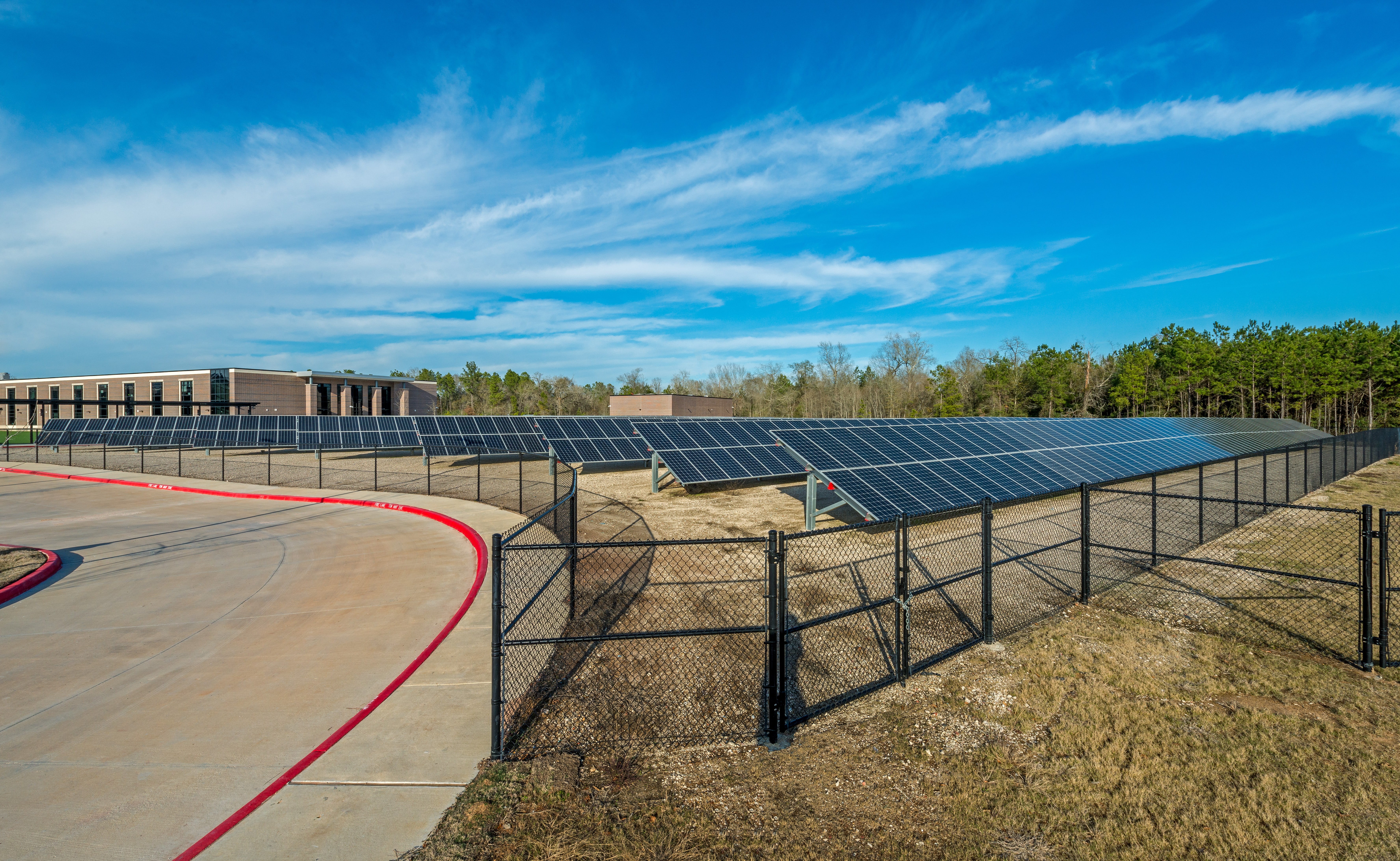
Daylight Harvesting
What is it?
One of the more common automation systems that is often used in schools is daylight harvesting. This approach to reducing electric light when daylight is available also has the benefit of reducing energy. Typical daylight harvesting systems use photosensors to detect the amount of daylight coming in through windows or on surfaces and adjust artificial lighting accordingly. While manual lighting and shading systems exist, automated systems ensure that the light levels meet minimum illuminance levels throughout the day coupled with occupancy sensors, only providing light when it is needed. Daylight systems can be integrated into automatic shading and building automation systems for enhanced control.
How big an investment are Daylight Management Systems?
The control systems cost on average $0.55-0.75 per square foot of building area. This cost includes dimmable ballasts, fixtures, and controls. Additional costs will be incurred to include shading devices and integrate with building automation systems.
What are the sustainable benefits?
School districts spend between 20-25% of their energy costs on lighting1. Optimal daylight is typically between noon and 4pm which is the same time when other building systems are being maximized. By utilizing daylight harvesting systems, schools can decrease total energy costs by up to one-third, including reductions in demand charges as well as cooling loads in addition to the lighting reductions2. Further savings can be achieved by coupling daylight harvesting with building automation systems for integrated control with HVAC systems.
Several studies have demonstrated the benefits to student performance through natural daylight. The Heschong Mahone group found that students working in the most natural light had increases of 20% in math and 26% in reading assessments, compared to students working in limited daylight. In addition, learning rates were 21% better in classrooms with the most daylight compared to those with none3.
Daylighting strategies that are enhanced by shading and other building features such as light shelves that can also help to reduce glare. Direct sun penetration into classrooms, especially through unshaded east or south facing windows, is associated with negative student performance, likely causing both glare and thermal discomfort4. Sources of glare have been shown to negatively impact student learning, especially math, where instruction often takes places on the front teaching wall. By adding blinds or curtains, teachers also have more control of distractions which can impact student performance3.
1 XcelEnergy – Guide to Energy Conservation and Savings for K12 Schools
2 Ander, G. (2011, August). Daylighting. Whole Building Design Guide
4 2017. Schools for Health: Foundations for Student Success. Harvard T.H. Chan School of Public Health.


